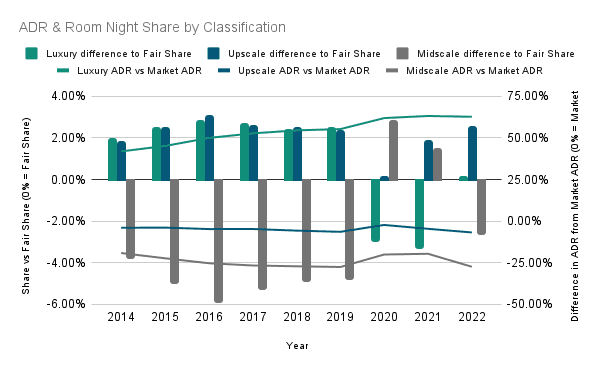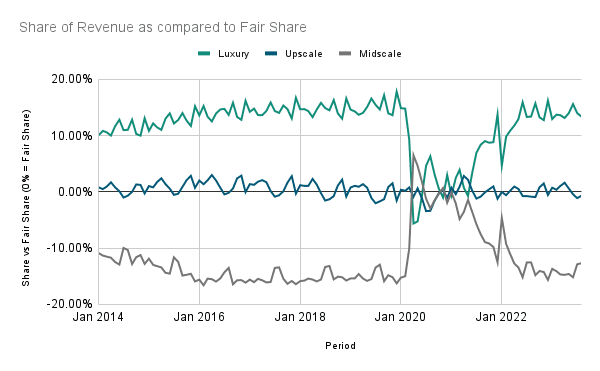I have two young boys, they are 4 and 1 years old. Every day I am amazed at what they are learning and how they are developing. My youngest, testing my boundaries, will throw his food on the floor repeatedly, and as long as I put it back on his tray, he’ll keep doing it. My oldest has a great memory and will often call me out on things that I can barely remember. “But last time we went to grandpa’s cottage, you got me Paw Patrol yogurt and this time you got Incredibles yogurt and I wanted Paw Patrol again.” As they continue to experience the same things over and over, they expect the same results. But what happens when I don’t put the food back on his tray? My son screams and cries and kicks. My oldest got upset with me for switching the yogurt. As humans, we understand patterns and we are thrown when there is a break in the formula.
Just as my sons are learning every day, we as hospitality professionals have learned through patterns of what has worked in the past. We have even trained Artificial Intelligence to identify the trends we look for and make assumptions based on them. IF we go to grandpa’s cottage, THEN we get Paw Patrol yogurt is equivalent to IF we are pacing ahead of last year, THEN we can push rate.
But then COVID hit. The food was not put back on the tray and all of a sudden, we had to deal with this new reality. We have to learn new ways of functioning. What worked last year may not work this year and a simple IF/THEN statement may not be enough to get us where we need to go.
I wanted to see how this huge shock to the industry affected how business was done, and so, using CoStar data, I analyzed the Toronto market by classification. I looked at ADR and occupancy to determine if each classification (Luxury & Upper Upscale, Upscale & Upper Midscale, and Midscale & Economy) were capturing their fair share of the market.

During the pandemic there was an obvious shift towards Midscale & Economy properties in the Toronto market. The segment typically captured 4-6% less than their fair share of room nights from 2014-2019, but in 2020 & 2021 they stole share from the other segments. In 2022, the Upper Midscale to Luxury hotels recovered, and the Midscale & Economy hotels lost 3% of their share.
What surprised me the most was the Luxury & Upper Upscale hotels who gave up a portion of their room nights to the Upscale & Upper Midscale hotels in 2022. The increase in ADR by the segment (63% above the market average) contributed to a shift in business to the mid-tier hotels. That being said, when looking at the revenue share of each segment, the Luxury & Upper Upscale Hotels continue to capture more than 10% above their fair share of the revenue.

Just as my goal in buying yogurt was for my son to have a healthy snack at the cottage, the means of getting it, or rather the characters on the bottle, had changed. Luxury hotels in Toronto are focusing on pushing their ADR, despite a drop in occupancy, and ultimately continue to reach their revenue goals.
When considering your own hotel’s strategy, it is important to consider what other players in the market are doing. While occupancy trends are similar and ADR growth is relatively consistent, a shift from one market player can drastically change your own hotel’s performance. This analysis also considers that many hoteliers only compare themselves with similar properties. However, when there is a major change in the market, it is wise to consider a variety of hotels who, while may be different from your hotel, are also a valid option for your potential guests.
Rate Yield allows you to create dynamic competitive sets and determine strategies based on market dynamics as well as your own performance. Reach out today to see how it works

